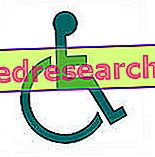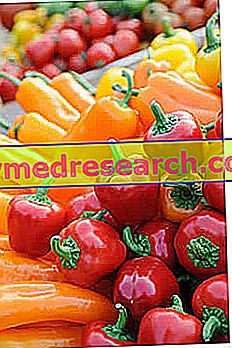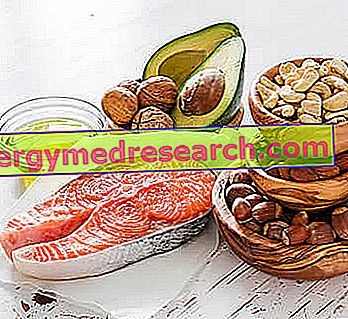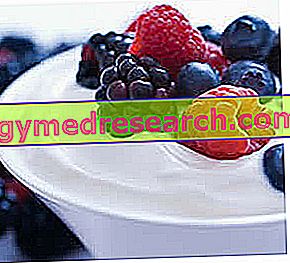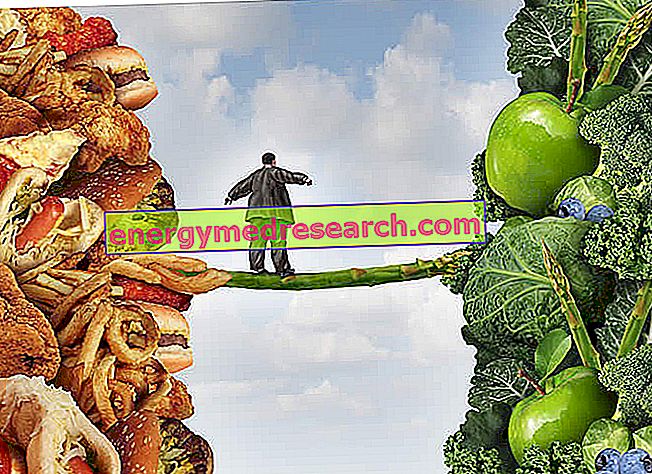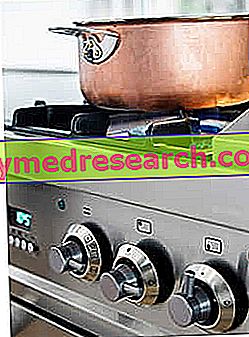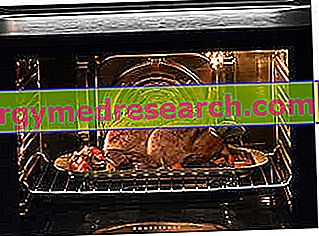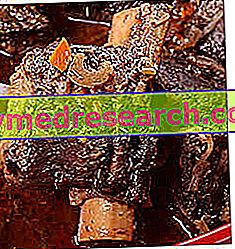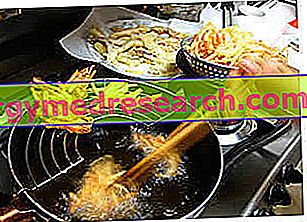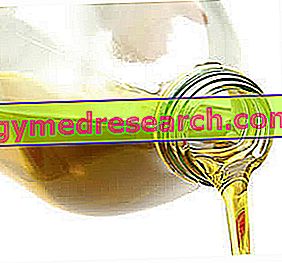See also: folic acid deficiency - folic acid - quiz about folic acid - folic acid in pregnancy Maximum recommended contribution The risk of toxicity resulting from an excessive intake of folic acid is reduced. According to the US Institute of Medicine's Food and Nutrition Board , the upper limit uptake for an adult is 1000 mcg per day, compared to a recommended intake of 400 mcg of folate per day
Category nutrition and health
What is cholesterol Cholesterol is a white-colored steroid indispensable for animal life; on the contrary, plants are living beings that do not contain them, but exploit other structurally similar lipids called phytosterols (widely used in hypocholesterolemic therapy). Consuming mostly cholesterol-free foods can be a good habit, especially in the presence of lipidemia alteration or significantly elevated cardiovascular risk
Introduction The level of blood cholesterol is determined by the endogenous production (70% TOT, by the liver) and by that ingested with food (30% TOT). Diet and physical activity are the two winning weapons for lowering high cholesterol; the combination of both determines an improvement in the lifestyle that determines: the reduction of total cholesterol the reduction of bad cholesterol (LDL) increase in good cholesterol (HDL) consequently the decrease in cardiovascular risk
Protein and Breakfast The proteins are macronutrients with mixed function, that is plastic, energetic, bioregulating, hormonal etc. Their contribution in the diet is very important because a part of the "bricks" (amino acids) that constitute them is "essential"; means that the body is not able to produce them independently in sufficient quantities and that it must therefore derive them from the diet
Greasing: What does it mean? Greasing is a generic term, to be precise a verb, which (referring to an individual) describes the increase (absolute or relative) of the adipose mass . This increase generally manifests itself in the growth of body mass and overall weight; however, in particular conditions, these parameters can also remain stable
Water is a widely used cooking medium, both for heat transmission and for the diffusion of aromatic components. Depending on the nature of the food and the purpose of cooking, the food can be cooked in cold water, hot water, pressure or bain-marie. Cooking in water does not involve the formation of toxic or carcinogenic catabolites, but causes the dilution / dispersion of water-soluble substances (minerals and vitamins)
Food cooking - methods, techniques or systems, principles Cooking is a physical process that transforms raw foods into foods more suitable for human consumption. Obviously, this is a generic definition, which "goes against the grain" with theories of nutritional preservation of food; therefore, it is ONLY partially correct and acceptable
The principle of dry heat cooking is based on the circulation of warm air around and on food. To date, the most widespread instrument is the electric oven which, for IRRADIANCE and CONVECTION, develops temperatures of 150-300 °. From the methodological point of view, the principle of dry heat cooking is performed in 2 steps: 1) the initial thermal shock, to favor the formation of a tasty crust on the food; 2) the continuation and the end of cooking at more moderate temperatures that reach the heart of the food.
Mixed cooking follows a cooking principle that involves at least two different phases, first a strong and rapid one, then a sweeter and lasting one with the possible addition of liquid. Brazing Braising is a technique or cooking system that involves an initial browning of the food in "brasiera" (or casserole) to the OVEN with LID, and a continuation of cooking on the stove over low heat and more or less prolonged
Cooking in fats is a principle that can be applied to a thin lipid layer or to jump cooking, or through the total immersion of food or frying. Jump cooking In leap cooking, the lipid portion is modest and the temperature can fluctuate between 120 and 220 ° C. The foods indicated in jumping cooking are: small pieces or slices of meat, small fish, potatoes, some types of vegetables, eggs.
When cooking foods, nutritional modifications are introduced which mainly concern the health and food-hygiene aspects of the foods themselves. Among the changes affecting the various macronutrients, those of lipids are predominantly negative; let's see them in detail. Fat hydrolysis - a positive aspect Cooking food fat involves hydrolysis (or partial digestion) of the lipids themselves

